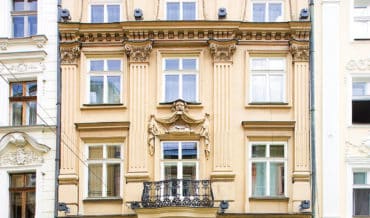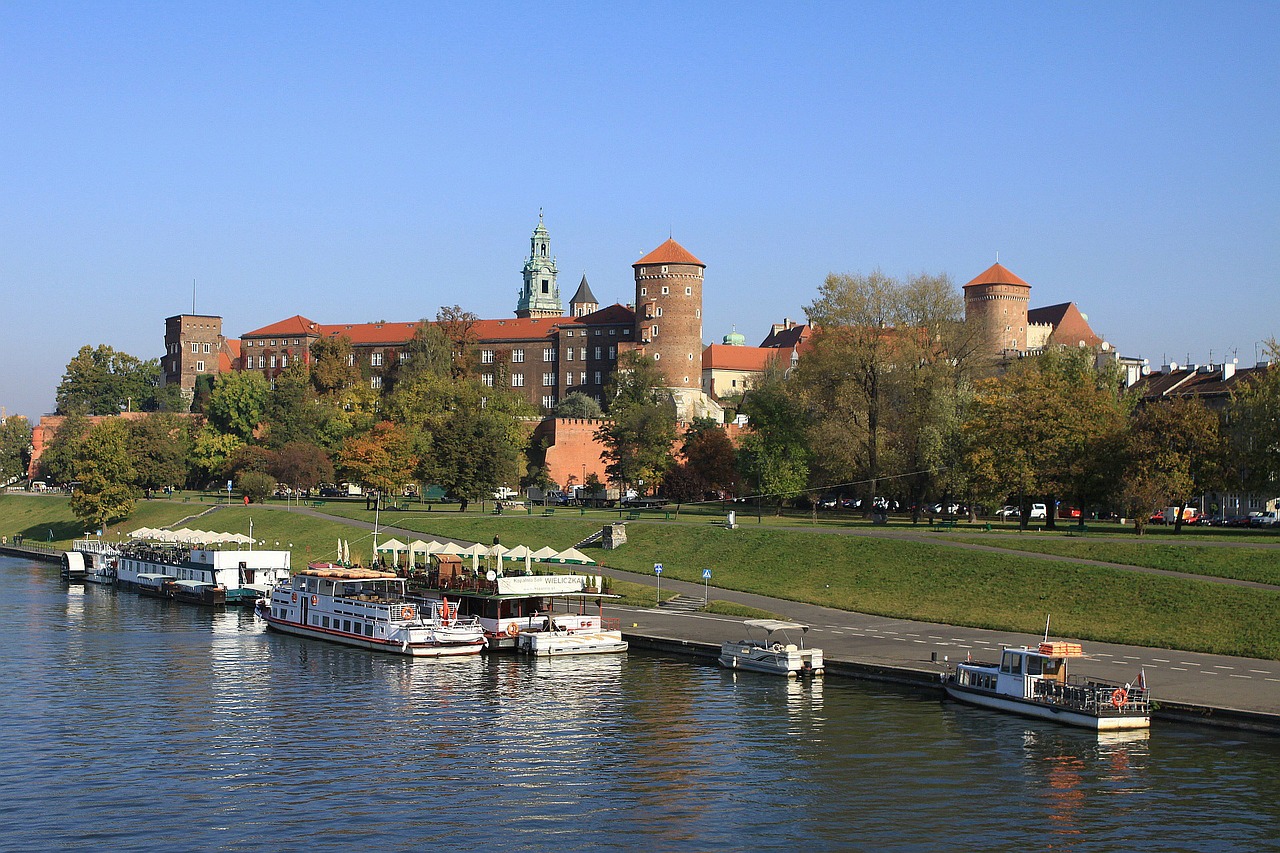Contents
Key Facts
• Born in Sącz, died in Kraków – renowned Polish alchemist and early chemist of the Renaissance period
• Also known as Sendivogius Polonus – his Latin name by which he was known across Europe
• Secretary to King Sigismund III and councilor of Emperor Rudolf II in Prague
• Mining specialist at the German imperial court with expertise in metallurgy and chemical processes
• Internationally recognized for his systematic approach to transmutation and search for the Philosopher's Stone
• Educated across Europe – studied at universities in Cambridge, Leipzig, Marburg, and Altdorf
• Pioneer of empirical chemistry at the Kraków Academy, establishing one of Europe's earliest chemical laboratories
• Built industrial fortune through advanced iron and lead smelters in Silesia using innovative chemical processes
• Immortalized in art by Jan Matejko's famous painting depicting his alchemical demonstration at Wawel Castle in 1604
• Author of influential treatises including Novum Lumen Chemicum (New Chemical Light), studied by Isaac Newton and Robert Boyle
Early Life and Education
Michał Sędziwój, also known as Sendivogius Polonus, was born in Sącz (present-day Nowy Sącz) around 1566. His birth in this important medieval town of Lesser Poland provided him with access to quality education from an early age. The exact details of his family background remain somewhat mysterious, though historical records indicate he came from a family of sufficient means to support his extensive European education.
His educational journey took him across the most prestigious academic centers of his time. He studied at universities in Cambridge, Leipzig, Marburg, and Altdorf, where he immersed himself in natural philosophy, proto-chemistry, and advanced metallurgy. This comprehensive European education was extraordinary for the period and enabled him to synthesize knowledge from multiple intellectual traditions. At each institution, he absorbed the latest scientific theories and alchemical practices that were evolving among European scholars, particularly the transition from medieval alchemy toward empirical investigation of matter.
Academic Career at Kraków Academy
Upon returning to Poland, Sędziwój became associated with the Kraków Academy (now Jagiellonian University), one of Europe's oldest and most respected institutions of higher learning. Here, he developed advanced chemical research methods and conducted systematic investigations into matter transformation. His work at the Academy was pioneering, as he moved beyond traditional alchemical mysticism toward empirical, quantitative experimentation.
At the Academy, he established what historians consider one of Europe's earliest proto-chemical laboratories. Here, he conducted systematic experiments using newly developed distillation and sublimation apparatus, demonstrating a practical, empirical approach that anticipated modern chemistry. His research involved careful documentation of chemical reactions and the development of reproducible processes that yielded both theoretical insights and practical applications for his later industrial ventures.
Unlike some of his more mystical contemporaries like John Dee or Paracelsus, Sędziwój maintained a pragmatic approach to his investigations, blending traditional hermetic philosophy with keen empirical observation, setting him apart in the evolving landscape of early modern science.
Court Positions and Political Influence
Service to King Sigismund III
Sędziwój's reputation as both a scholar and practical chemist earned him the prestigious position of secretary to King Sigismund III. This role encompassed scientific advisory duties, particularly regarding mining operations, metallurgy, and the economic potential of chemical processes. His position at the Polish royal court provided him with significant influence and access to resources for his experimental work.
The famous demonstration at Wawel Castle in 1604, where he attempted to transform base metals into gold in the presence of King Sigismund III, became legendary throughout Europe. While historical accounts vary regarding the exact outcome of the demonstration, the event became a defining moment in the intersection of science and royal patronage. This historic moment was later immortalized by Jan Matejko in his renowned painting "Sędziwój," which captures the dramatic tension between medieval beliefs and Renaissance empiricism.
Imperial Advisor to Rudolf II
Simultaneously, Sędziwój served as councilor of Emperor Rudolf II in Prague, whose court was renowned as the most scientifically advanced in Europe. Rudolf II attracted leading astronomers, natural philosophers, and experimental researchers of the era. As a mining specialist and chemical advisor, Sędziwój provided crucial expertise for Habsburg mining operations, which formed a significant foundation of imperial wealth.
His dual service to both Polish and Habsburg courts reflected the complex political and intellectual networks of late 16th and early 17th century Central Europe, demonstrating both his diplomatic acumen and his exceptional scientific reputation across national boundaries.
Alchemical Pursuits and Scientific Innovation
Systematic Approach to Transmutation
Sędziwój was internationally recognized for his systematic approach to metallic transmutation, pursuing these investigations with unprecedented rigor and documentation. His methodology combined traditional alchemical knowledge with careful empirical observation, representing a crucial bridge between medieval alchemy and emerging chemical science. Contemporary accounts suggest he achieved remarkable results in metallic transformation, though modern historians debate the exact nature and reproducibility of his processes.
His most influential work, Novum Lumen Chemicum (New Chemical Light), first published in 1604, became a foundational text for early modern chemistry. Translated into multiple European languages, it was extensively studied by later scientific luminaries including Isaac Newton and Robert Boyle. In this treatise, Sędziwój proposed the existence of a "universal salt" or "aerial nitre" as a fundamental active principle in chemical reactions, an insight that significantly influenced the development of pneumatic chemistry.
Transition from Alchemy to Empirical Chemistry
What distinguished Sędziwój from his alchemical contemporaries was his emphasis on reproducible processes and systematic documentation. While pursuing traditional alchemical goals like the Philosopher's Stone, he developed quantitative methods and standardized procedures that yielded practical applications with genuine economic value. His approach represented an early example of applied chemistry, where theoretical investigation directly informed industrial innovation.
His chemical investigations focused particularly on understanding the fundamental properties of metals and the processes governing their transformation. This work laid crucial groundwork for modern metallurgical chemistry and industrial metal processing.
Industrial Ventures and Economic Success
Revolutionary Silesian Operations
Sędziwój achieved substantial wealth through innovative chemical applications rather than mystical transmutation. His fortune derived from applying advanced chemical knowledge to large-scale industrial operations. He established technologically advanced iron and lead smelters throughout Silesia, implementing chemical processes that significantly exceeded traditional methods in both efficiency and output quality.
These industrial ventures employed cutting-edge techniques based on his systematic understanding of chemical reactions and metallurgical processes. His smelters utilized improved furnace designs, optimized chemical agents, and standardized procedures that produced superior metals at reduced costs. The success of these operations demonstrated that rigorous scientific investigation could generate substantial economic returns, establishing a model for science-based industrial development.
Economic and Technological Impact
Sędziwój's Silesian industrial empire employed hundreds of workers and significantly contributed to regional economic development. More importantly, his innovative techniques influenced metallurgical practices throughout Central Europe, accelerating the region's industrial advancement. His integration of chemical science with large-scale production established principles that would become central to later industrial chemistry and manufacturing.
The economic success of his scientifically-informed industrial methods provided compelling evidence for the practical value of empirical investigation, helping to establish the foundation for modern applied chemistry.
Death and Scientific Legacy in Kraków
Sędziwój died in Kraków around 1636, in the city where he had conducted his most significant academic research and maintained lifelong scholarly connections. His death marked the end of a transitional period in which alchemical investigation was evolving into systematic chemical science. His intellectual legacy continued through his published treatises, his industrial innovations, and his profound influence on subsequent generations of natural philosophers and early chemists. Today, his contributions to Polish science are preserved and studied at institutions like the National Museum and the Historical Museum of Kraków, ensuring his scientific achievements remain accessible to future generations.
Cultural Impact and Historical Recognition
Matejko's Artistic Legacy
The enduring cultural significance of Sędziwój's contributions is exemplified by Jan Matejko's masterpiece "Sędziwój." This historically important painting captures the dramatic 1604 demonstration at Wawel Castle, depicting the moment when experimental chemistry encountered royal power. The artwork shows Sędziwój presenting his metallic transformation before King Sigismund III and the assembled court, representing a pivotal moment in the history of Polish science.
Matejko's painting has become one of the most recognizable depictions of early scientific investigation in Polish cultural history, preserving both the historical significance of Sędziwój's work and the broader transition from medieval natural philosophy to Renaissance empiricism.
Foundation of Polish Scientific Tradition
Sędziwój's career represents a defining chapter in Polish scientific development and its integration with broader European intellectual advancement. His work at the Kraków Academy helped establish the institution's international reputation in natural philosophy and chemical investigation, ensuring Poland's active participation in the Scientific Revolution. His example demonstrated that Polish scholars could contribute meaningfully to the highest levels of European scientific discourse while maintaining distinctive approaches to empirical investigation.
His synthesis of traditional alchemical knowledge with systematic experimentation established methodological principles that influenced Polish scientific development for generations, creating a foundation for the country's later contributions to chemistry, metallurgy, and industrial science. His legacy continues to be celebrated in Kraków's Old Town, where he conducted much of his groundbreaking research and where visitors can still explore the historical setting of his remarkable achievements.
References
- Bugaj, Roman. Michał Sędziwój (1566-1636): Życie i pisma (Life and Writings). Wrocław: Ossolineum, 1968.
- Hubicki, Władysław. Sędziwój's New Light of Alchemy. Warsaw: Polish Academy of Sciences, 1971.
- Partington, J.R. A History of Chemistry, Volume 2. London: Macmillan, 1961.
- Sędziwój, Michał. Novum Lumen Chemicum (New Chemical Light). Frankfurt, 1604.
- Szydło, Zbigniew. Water Which Does Not Wet Hands: The Alchemy of Michael Sendivogius. London: Polish Academy of Arts and Sciences, 1994.

